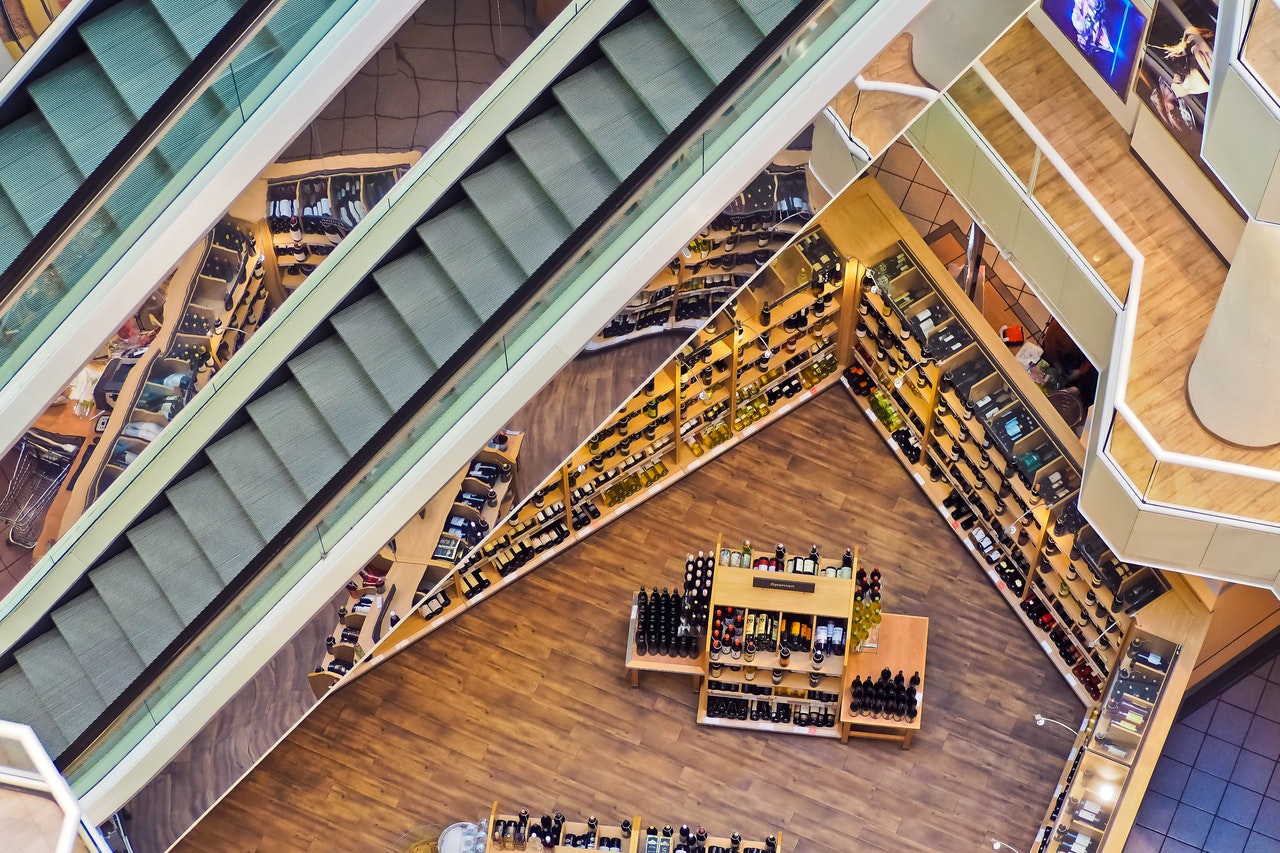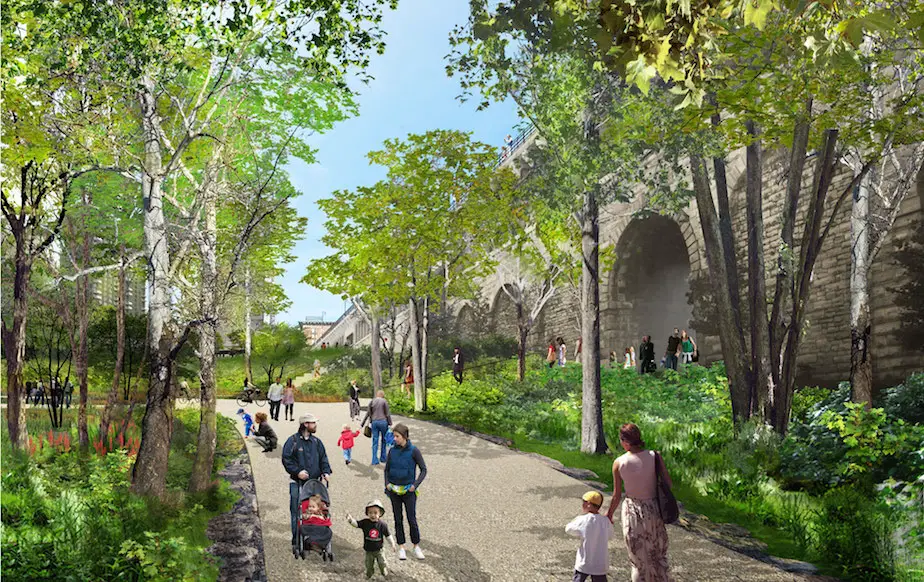From Sao Paulo to Mumbai, Shanghai to Tokyo: the world’s population is moving en masse to urban agglomerations. It is an unprecedented phenomenon, leaving modern society with a lot of questions.
What will a world characterized by increasingly large conurbations be like? And how will we manage the megacities of the future? How can we keep on top of the endless queues of traffic, waste disposal needs, housing demands and environmental impact of these ten-million-plus regions?
Istanbul is a unique city in that it bridges Europe and Asia, also offering an insight into future megacities.

Those who are in Istanbul can hear it straight away: the unique soundscape. Istanbul is a unique city in many ways, one of which is its loudness. The cries of hawkers, the shouts from cafes, markets and mosques and the noise from traffic on the roads and surrounding waterways.
Listening with my eyes closed, I wondered whether it is possible to “measure” the sound of a city as it changes. Can the growth of a megalopolis be measured through sound?
With this question in mind I started my research in Istanbul.

The first step was recording the sonic characteristics of different areas: neighborhoods, downtown, the financial and commercial districts. Through registering, cataloging and mapping, the variety of sounds in this Euro-Asian megalopolis revealed themselves.
It became clear that there were many recurring sounds, such as construction, traffic, crowds and, interestingly, protests linked to the current housing situation in the city.

After identifying key noises, I went on to the ‘frequency analysis‘ stage. This is essentially an analysis of the number of sound oscillations in a unit of time. This is important to understand as the frequency of sounds plays a part in shaping human perceptions of sounds, essentially whether we find them pleasing or annoying.
Few people would say that the rhythmic drip of water from a tap is a pleasant sound, nor the sound of a storm on a promenade, and yet we are talking about the same element: water. What is different in this analysis, however, is the frequency of the sound that it produces. The tap is too smooth, almost like a mechanical sound, and the storm too irregular, like a roar.
If we were to take a more unstable sound from the same element, like the waves on the shore of a beach, we would have a very different perception, and one that is more likely to be positive.

J. Rousseau theorized that if the frequency of a sound is similar to the frequency of the human voice speaking, it is perceived as pleasant by the ear. Conversely, if it is too regular or too irregular, it is more likely to be considered ‘disturbing’.
From this theory, I analyzed the frequencies of more than two hundred sounds of Istanbul, assigning these frequencies to a value range built on J. Roisseau’s theories. The final result was a map of sounds demonstrating areas with frequencies that are less pleasing to the human ear, and areas where the city sounds are more likely to evoke positive reactions.
Looking at the map it was obvious that the less-pleasing frequencies were more likely to be found in areas experiencing growth and expansion, suggesting there is a close relationship between the unpleasing frequencies of a city and the issues related to urban sprawl.

This sound mapping experiment was intriguing and stimulating, providing me with an opportunity to understand and reflect on the growth of this megacity.
As we continue to look at the questions generated by the growth of our cities and the likely creation of more megacities, tools like sound mapping can raise awareness about how spaces are changing, potentially giving us a way to better manage urbanization. This is an important step towards serious reflection on the megalopolis of tomorrow.
You can listen to Istanbul’s sound map here.


